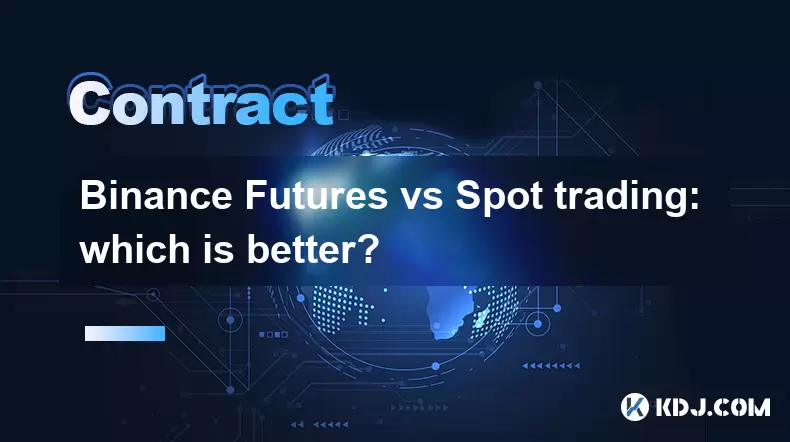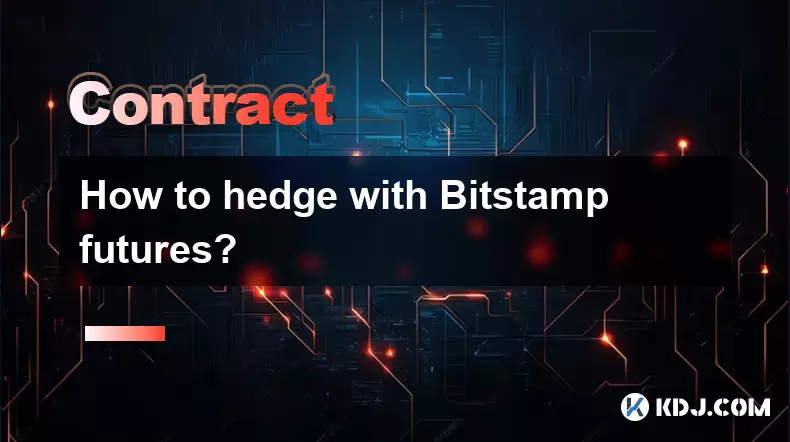-
 Bitcoin
Bitcoin $118800
1.58% -
 Ethereum
Ethereum $3746
0.77% -
 XRP
XRP $3.504
0.58% -
 Tether USDt
Tether USDt $1.000
0.01% -
 BNB
BNB $795.9
5.17% -
 Solana
Solana $202.3
1.89% -
 USDC
USDC $0.0000
0.02% -
 Dogecoin
Dogecoin $0.2660
0.42% -
 Cardano
Cardano $0.8851
0.64% -
 TRON
TRON $0.3168
2.24% -
 Hyperliquid
Hyperliquid $45.60
3.36% -
 Stellar
Stellar $0.4696
2.37% -
 Sui
Sui $3.964
0.86% -
 Chainlink
Chainlink $19.55
0.72% -
 Hedera
Hedera $0.2711
1.51% -
 Avalanche
Avalanche $25.71
0.02% -
 Bitcoin Cash
Bitcoin Cash $526.7
1.89% -
 Litecoin
Litecoin $120.5
4.40% -
 Shiba Inu
Shiba Inu $0.00001524
0.31% -
 UNUS SED LEO
UNUS SED LEO $8.994
0.01% -
 Toncoin
Toncoin $3.290
0.71% -
 Polkadot
Polkadot $4.498
2.49% -
 Uniswap
Uniswap $10.74
1.57% -
 Ethena USDe
Ethena USDe $1.001
0.01% -
 Monero
Monero $324.0
2.53% -
 Pepe
Pepe $0.00001410
0.25% -
 Bitget Token
Bitget Token $4.825
-0.16% -
 Dai
Dai $0.9999
0.01% -
 Aave
Aave $307.9
-2.13% -
 Bittensor
Bittensor $447.8
1.32%
Binance Futures vs Spot trading: which is better?
Binance Futures offers leveraged trading with high risk and reward, while Spot trading is simpler, with no leverage or liquidation—ideal for beginners and long-term holders.
Jul 23, 2025 at 02:50 am

Understanding Binance Futures Trading
Binance Futures trading allows users to speculate on the future price of cryptocurrencies using contracts. These contracts come with leverage, meaning traders can control larger positions with a smaller amount of capital. Leverage can amplify both gains and losses, making this form of trading high-risk but potentially high-reward. Futures contracts on Binance include perpetual and quarterly types, each with unique settlement rules and funding mechanisms. Traders must understand the implications of liquidation, where positions are automatically closed if losses exceed the margin balance.
Understanding Binance Spot Trading
Spot trading on Binance involves buying and selling actual cryptocurrencies at current market prices. No leverage is involved in spot trading, so users only risk the capital they directly invest. This makes it ideal for beginners or those who prefer a straightforward, long-term investment approach. Spot traders own the underlying asset immediately after purchase, which they can hold, transfer, or sell at any time without time constraints or funding fees. This method avoids the complexity of margin calculations and liquidation risks.
How to Start Futures Trading on Binance (Step-by-Step)
- Log into your Binance account and navigate to the “Futures” tab
- Click “Transfer” to move funds from your spot wallet to your futures wallet
- Choose a contract (e.g., BTCUSDT perpetual)
- Select your leverage level using the slider (e.g., 10x, 25x, 50x)
- Decide between “Isolated” or “Cross” margin mode — Isolated limits risk to the allocated margin, while Cross uses your entire balance as collateral
- Place your order using limit, market, or stop-limit types
- Monitor your position’s liquidation price and unrealized P&L in real-time
Each step must be executed with attention to detail, especially when setting leverage and margin mode, as these choices directly impact risk exposure.
How to Start Spot Trading on Binance (Step-by-Step)
- Log into your Binance account and click the “Trade” button
- Select “Spot” from the top navigation bar
- Search for the trading pair you want (e.g., BTC/USDT)
- Choose order type: Limit orders let you set a specific price, while market orders execute immediately at the best available rate
- Enter the amount of cryptocurrency or fiat you wish to buy/sell
- Review the total cost, including trading fees, before confirming
- After execution, the asset appears in your spot wallet instantly
This process is straightforward and does not require managing margin or monitoring for liquidation.
Risk Comparison: Futures vs Spot
Futures trading introduces risks such as liquidation, funding rate fluctuations, and forced margin calls. These risks increase with higher leverage. For example, a 50x leveraged position can be liquidated with a small adverse price movement. Spot trading, by contrast, only exposes users to market volatility — if Bitcoin drops 20%, your spot position drops 20%. There are no forced closures or margin calls. Risk management in futures requires constant monitoring, while spot traders can adopt a “buy and hold” strategy without daily intervention.Fees and Funding Differences
Binance charges different fees for futures and spot trading. Futures makers and takers pay tiered fees based on 30-day trading volume and BNB holdings. Futures also incur funding fees every 8 hours, which can be positive or negative depending on market conditions. These fees are paid between long and short traders, not to Binance. Spot trading has simpler fee structures — typically 0.1% per trade, reduced for high-volume users or BNB holders. No recurring fees apply in spot unless you transfer assets off-chain.When to Choose Futures Over Spot
Futures is better when you have a short-term directional view, want to hedge existing crypto holdings, or can tolerate high risk for amplified returns. Professional traders with risk management tools (like stop-loss and take-profit) often use futures for active strategies. It’s also suitable for arbitrage opportunities or exploiting market inefficiencies through leverage.When to Choose Spot Over Futures
Spot is better for long-term investors, beginners, or anyone uncomfortable with leverage. It’s the only way to truly own cryptocurrency and benefit from network participation (e.g., staking, governance). Spot avoids the stress of liquidation and complex margin mechanics, making it ideal for dollar-cost averaging or holding through market cycles.Frequently Asked Questions
Q: Can I switch from Futures to Spot trading on the same Binance account?
Yes. You can toggle between the two interfaces within your Binance account. Funds must be manually transferred between spot and futures wallets using the “Transfer” function under the “Wallet” menu.Q: Does Binance Futures require KYC verification?
Yes. To trade futures on Binance, you must complete identity verification (KYC). This applies to both new and existing users accessing the futures platform.Q: Are there withdrawal limits for profits made in Futures trading?
Yes. Profits from futures must first be transferred to your spot wallet before withdrawal. Binance may impose daily withdrawal limits based on your account verification level and security settings.Q: Can I hold a Futures position indefinitely?
Perpetual futures contracts on Binance can be held indefinitely, but you must pay or receive funding fees every 8 hours. Quarterly contracts expire on a set date and must be rolled over manually if you wish to maintain exposure.
Disclaimer:info@kdj.com
The information provided is not trading advice. kdj.com does not assume any responsibility for any investments made based on the information provided in this article. Cryptocurrencies are highly volatile and it is highly recommended that you invest with caution after thorough research!
If you believe that the content used on this website infringes your copyright, please contact us immediately (info@kdj.com) and we will delete it promptly.
- Arca, PENDLE, and Kraken: Navigating DeFi's Institutional Currents
- 2025-07-23 11:10:11
- Bitcoin Betting, Small Investors, and the Specter of Dollar Collapse: A New Yorker's Take
- 2025-07-23 08:50:11
- Altcoins, Binance Futures, and Bitcoin Rotation: Catching the Crypto Wave
- 2025-07-23 09:10:11
- Dianne Smith, a Spanish Doubloon, and JM Mason: A Pike County Tale
- 2025-07-23 08:30:13
- Bitcoin, Investor, and Computer Blunders: A $95 Million Lesson
- 2025-07-23 09:30:12
- Bitcoin Bulls Eye $115,000, Poised for a $120,000+ Breakout?
- 2025-07-23 08:50:11
Related knowledge

Why is my Bitstamp futures position being liquidated?
Jul 23,2025 at 11:08am
Understanding Futures Liquidation on BitstampFutures trading on Bitstamp involves borrowing funds to open leveraged positions, which amplifies both po...

How to find your Bitstamp futures trade history?
Jul 23,2025 at 08:07am
Understanding Bitstamp and Futures Trading AvailabilityAs of the current state of Bitstamp’s service offerings, it is critical to clarify that Bitstam...

How to trade ETH perpetuals on Bitstamp?
Jul 23,2025 at 03:28am
Understanding ETH Perpetual ContractsETH perpetual contracts are derivative products that allow traders to speculate on the price of Ethereum without ...

How to hedge with Bitstamp futures?
Jul 23,2025 at 02:00am
Understanding Bitstamp Futures ContractsBitstamp futures are financial derivatives that allow traders to speculate on or hedge against the future pric...

What happens during a Bitstamp margin call?
Jul 23,2025 at 07:42am
Understanding Bitstamp Margin CallsA Bitstamp margin call occurs when the value of a trader’s equity in a margin position falls below the required mai...

What is maintenance margin on Bitstamp?
Jul 23,2025 at 10:08am
Understanding Maintenance Margin on BitstampMaintenance margin on Bitstamp refers to the minimum amount of equity that must be maintained in your marg...

Why is my Bitstamp futures position being liquidated?
Jul 23,2025 at 11:08am
Understanding Futures Liquidation on BitstampFutures trading on Bitstamp involves borrowing funds to open leveraged positions, which amplifies both po...

How to find your Bitstamp futures trade history?
Jul 23,2025 at 08:07am
Understanding Bitstamp and Futures Trading AvailabilityAs of the current state of Bitstamp’s service offerings, it is critical to clarify that Bitstam...

How to trade ETH perpetuals on Bitstamp?
Jul 23,2025 at 03:28am
Understanding ETH Perpetual ContractsETH perpetual contracts are derivative products that allow traders to speculate on the price of Ethereum without ...

How to hedge with Bitstamp futures?
Jul 23,2025 at 02:00am
Understanding Bitstamp Futures ContractsBitstamp futures are financial derivatives that allow traders to speculate on or hedge against the future pric...

What happens during a Bitstamp margin call?
Jul 23,2025 at 07:42am
Understanding Bitstamp Margin CallsA Bitstamp margin call occurs when the value of a trader’s equity in a margin position falls below the required mai...

What is maintenance margin on Bitstamp?
Jul 23,2025 at 10:08am
Understanding Maintenance Margin on BitstampMaintenance margin on Bitstamp refers to the minimum amount of equity that must be maintained in your marg...
See all articles

























































































